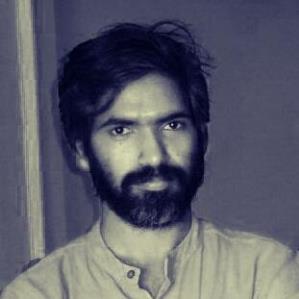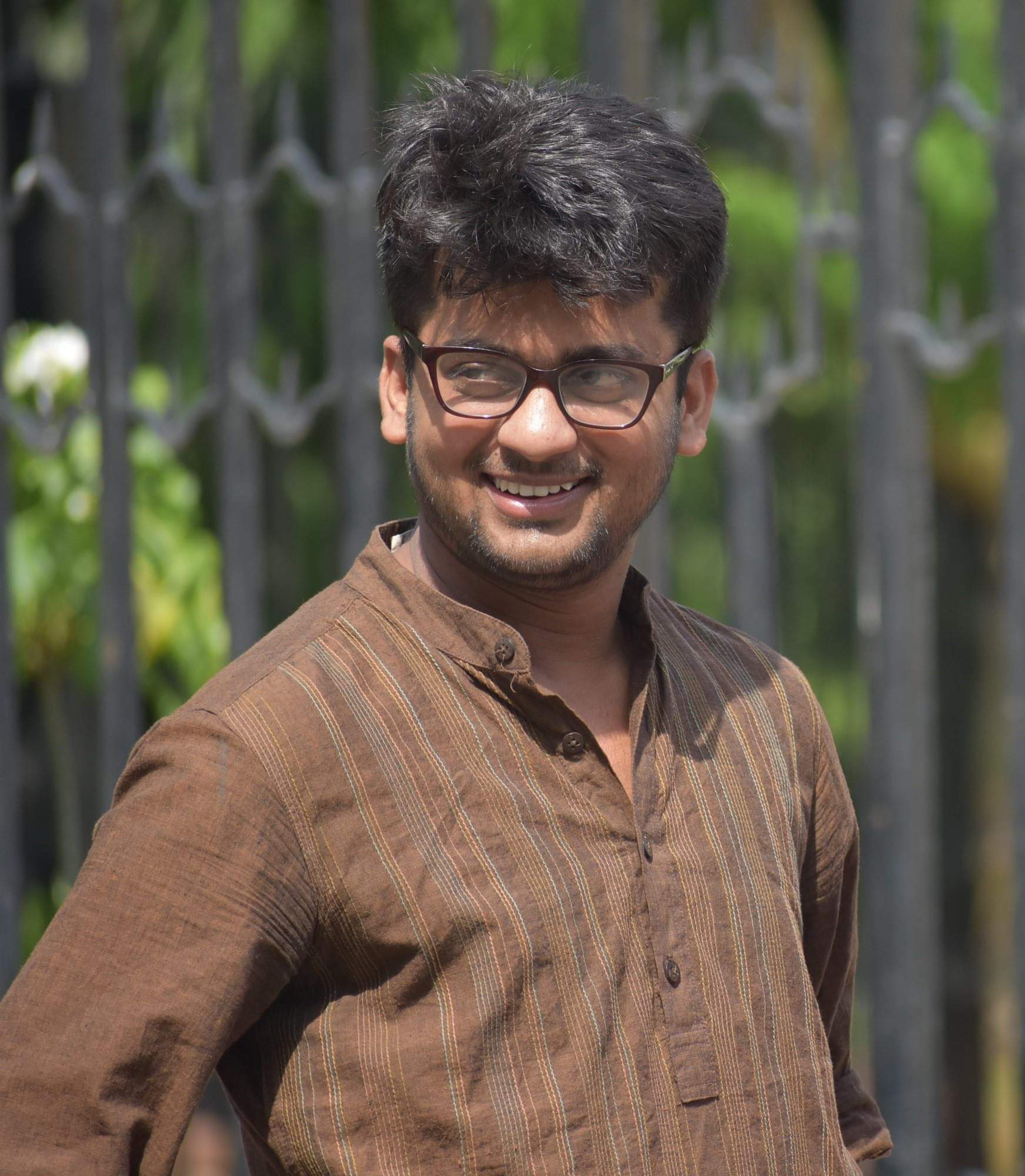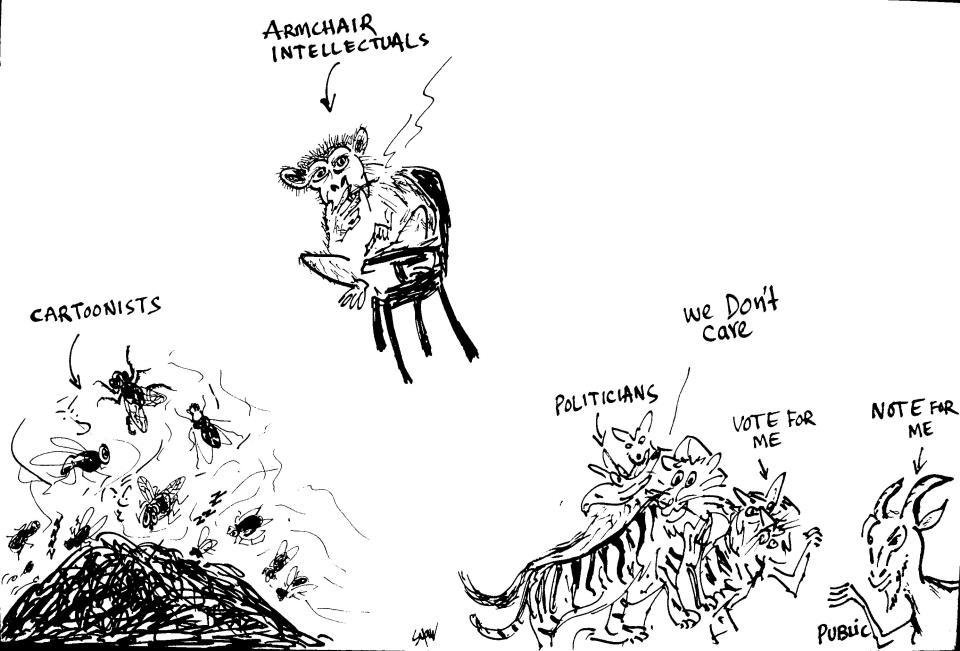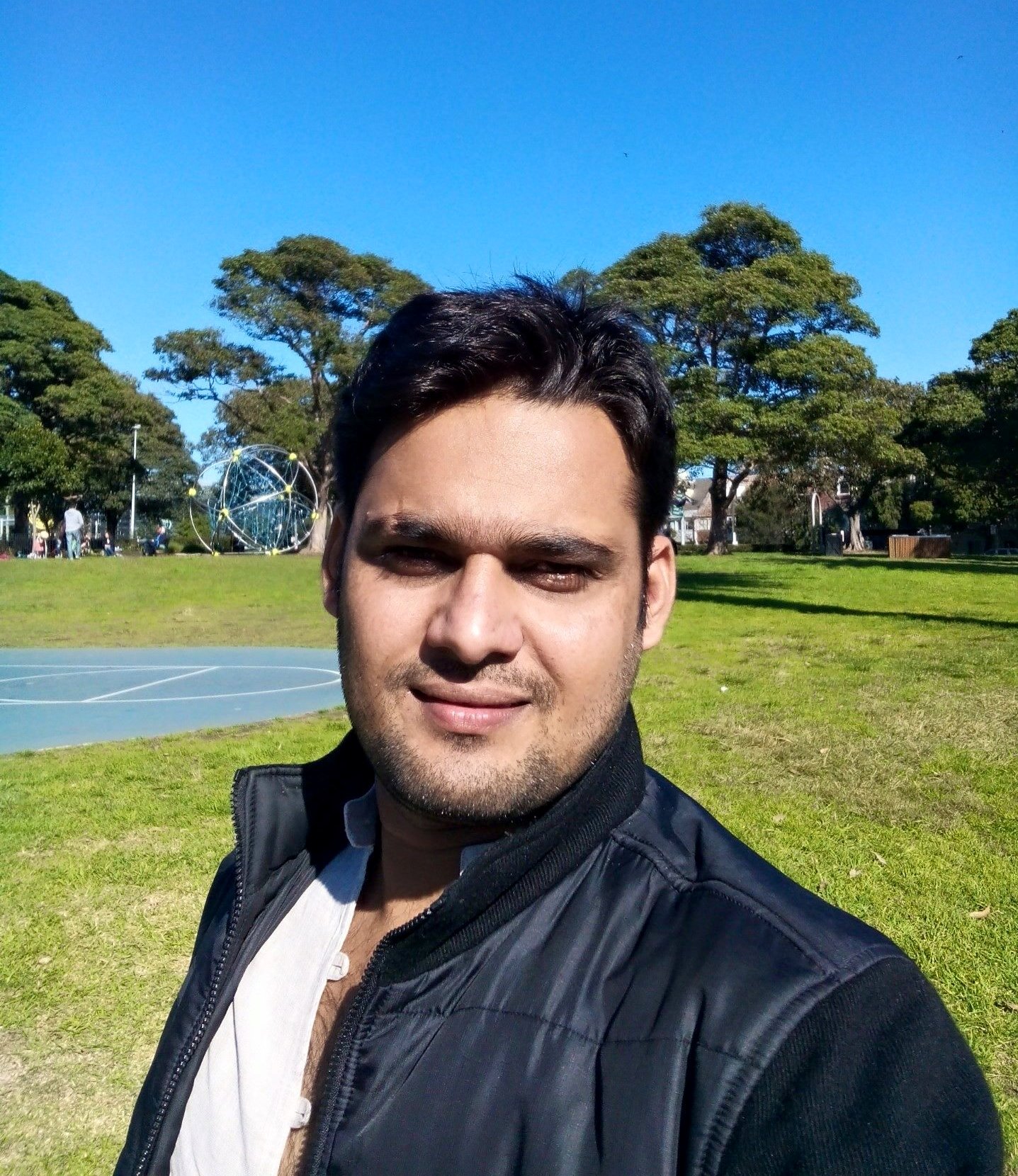Dhamma Darshan Nigam
 The COVID-19 pandemic has made clearly visible the deep chasm of inequality in the Indian society: it is our Bahujan folks who are suffering the most. However, for the Brahminical media and academia (BMA), their suffering is just a “poverty” issue, they portray that people are suffering just because they are poor. They talk and write a lot about the impact of COVID-19 on poor people – about poverty, the reasons for their poverty, and about the people suffering because of poverty. However, caste is rendered invisible. Also, the news of the connection between the impact of COVID-19 and poverty gets only minimum and odd slots of timings on national news channels while on these same channels, the news on the health condition of a COVID-19 positive Bollywood actor runs in prime time slots.
The COVID-19 pandemic has made clearly visible the deep chasm of inequality in the Indian society: it is our Bahujan folks who are suffering the most. However, for the Brahminical media and academia (BMA), their suffering is just a “poverty” issue, they portray that people are suffering just because they are poor. They talk and write a lot about the impact of COVID-19 on poor people – about poverty, the reasons for their poverty, and about the people suffering because of poverty. However, caste is rendered invisible. Also, the news of the connection between the impact of COVID-19 and poverty gets only minimum and odd slots of timings on national news channels while on these same channels, the news on the health condition of a COVID-19 positive Bollywood actor runs in prime time slots.
Whenever the BMA talk and write about the COVID-19 and poverty, they will use it at their convenience and for their benefit only. That is what Brahmanism has taught them – “to exploit the opportunity” or “to take advantage of an opportunity” so as to maintain their status quo, to maintain their privileges and to maintain the knowledge production system (what they actually re/produce are different ways for the continuance of caste system). The BMA has never been genuinely concerned about poor people’s problems, they would rather prefer to wait for the “right time” to say things which primarily suits their interest.
The BMA may also sometimes write about ‘poverty as untouchability’ or ‘untouchability as the prime cause for poverty in India’ but not mentioning caste at all in their “research”. This focus on mere manifestation of caste rather than its root cause exists because they consider the perpetuation of varnashram dharma as important so that they keep enjoying their privileges and impunity. They have learnt these tricks of the trade from their great secular leader Mahatma Gandhi Ji; the trick is to keep it superficial, to pretend to dislike untouchability publicly but to accept caste system openly as an important system needed to maintain the “balance” in society. BMA will write such a thing only when it will benefit them — for example, publishing a paper in an international journal for critical acclaim. BMA may even visit our homes and gather information about our work, our daily life struggle and publish a book on our stories, but only to flaunt it on big platforms, and win big awards, make their presence felt in the publishing and media industry to earn big money.
A similar story of using our life stories and research to earn a big name and money internationally was narrated to me by a Haryana based activist and writer. In 2005-2006, a twice born professor of a social science institute started a programme of getting the writings of grassroots Dalit writers and activists in the public domain. The professor named this programme as ‘our writings our nation’. The narrator was also one of the participants of this programme and was recognized and respected as a writer in the programme. The professor took the different writings of these participants and published them in a few books, as the author, from a big publishing house in America. The professor was getting a large fund through which he was organizing the programme. The narrator who shared this story with me emphasized that it was our writings and our life stories on the basis of which this professor was recognized internationally.
He was honoured by different institutions. The Indian media also focused on him. And now this twice born professor is invited in all the news debates related to Dalit issues because he is recognized as a thinker and an expert on them. Lately the professor had stopped using his surname because of which nobody can recognize his twice born identity from his name. The narrator shared this story with me when I shared the first draft of this write-up with him for his comments. He said that his experience is a strong example of what I am pointing out. He further said that in the name of making our identities as authors of our stories, he made a new and a very big identity for himself while we Dalit writers and activists endlessly waited for the recognition which was promised to us. The professor of course uploaded the bio-data of all the contributing Dalit writers and activists on a website, made a few videos, organized many big seminars, and honoured two to four Dalit writers by organizing fairs in their villages, but we Dalit writers and activists never received the recognition and the popularity which we must have received because of our work. (Names of the cities and the programme have been changed).
Twice born are the parasites who are living off Bahujan lives. There is no dearth of evidence that twice born are making their careers on Bahujan lives: one, by nefariously restricting Bahujan from entering in media and academia, and two, by inflicting social restrictions on Bahujans that keep them stuck in their vicious life struggles. An Oxfam report on representation of marginalised caste groups in media states that:
“The report starkly reaffirms that marginalised groups are absent in news media, particularly in leadership positions which determine who gets the space. Even stories written on those affected by discrimination are by those who are privileged and upper caste. Honest collective efforts have not been made to include more voices and create equal representation in newsrooms. It is disheartening to see that media, which is one of most recognised institution of democracy, fails Dalits, Adivasis and other marginalised groups.”[i]
Other than the absence of Bahujan in media, their rare portrayal in news is also just about being victim of caste hierarchy and caste-based atrocities. J. Bala Subramaniam notes that ‘the English media was more keen on narrating the violence against Dalits than questioning the system of caste and state policies on Dalits’.[ii] The assertive images of Bahujans and their resistances against caste Hindus’ dominance are completely ignored.
Professor Vivek Kumar talks about complete domination of the twice born castes in the field of sociology in his paper How egalitarian is Indian Sociology?[iii] Prof. Vivek Kumar highlights this dominance at four levels. 1. dominance at the level of number of sociologists from twice born background and the number of research articles and books published by them. 2. dominance at the level of types of primary and secondary sources they use. 3. dominance at the field level from where the researcher collects data. And 4. dominance “in the sociology classrooms when topics like “Hindu social order”, caste, family and other India-centric papers are taught”.
What happens with such a domination is that topics related to Dalit issues even after being in syllabus are not taught in the classes or made optional, and twice born teachers and students for their academic gains keep researching on Bahujan life stories from their elitist perspective and in a patronising manner, and also at the same time completely disregard Bahujan leaders like, Babasaheb, Phule, Periyar, Kanshiram, Mayawati, Phoolan Devi etc. Twice born teachers teach the theory of Sanskritization by their own man M.N. Srinivas as if to worship him, and completely ignore ithe oppositional theory of Bhangiization (Shyamlal 2013: 129) formulated by a Dalit professor Shyamlal.
Prof. Chinna Rao Yagati about historical studies also writes that:
“Dalits were often categorised either as marginal people without a history of their own or as objects, rather than subjects, in the history of India. Dalit movement has not fared much better in the history of modern India by Indian historians, who generally relegate Dalits to chapters on social reform and portray them as passive victims, recipients and beneficiaries rather than active participants in their own struggle” (Yagati 2012: 8).
Therefore, like in the field of media, sociology, and history we can find the dominance of twice born and appropriation of Dalit life stories in other fields also very easily.
We are living in a society which is completely caste based. But, by not talking about caste, by not relating caste to different social, economic, cultural and political aspects of life BMA is keeping caste out of public domain. They very conveniently talk and do not talk about caste for the benefit of perpetuation of their privileges. But, if we want to get rid of caste we will have to talk about it, very openly, and again and again.
Whatever BMA do – right from not talking about caste to talking about caste or writing about it – goes in their interest. BMA will write whatever they want to write. But it is our people who are suffering from untouchability. We are suffering from untouchability, and it is about our people, our stories, our life, our happiness, our pain, our angst, our anger, our glory, and all this cannot go on the platforms of the people who first create such miserable conditions for us and then come to wipe our tears and publish our stories with their names as authors, and on their platforms portray themselves as the “voice of the voiceless” and us as humbled and helpless, our traditions as ‘little traditions’ (and theirs as ‘great traditions’). We are ridden with untouchability on our bodies, as a rotten sore, that is never going to heal.
COVID-19 has yet again, made our life stories important, it is being seen as an opportunity to launch quite a few twice born careers. But also we need to be ready to counter them and their writings. Whenever we find our people’s stories in their voices with their sense of caste hegemony stamped all over it, we should counter and deconstruct it there itself.
So without falling prey to their age-old time-tested tricks of appropriation, we need to look at the impact of COVID-19 on our people from different aspects of life – for example, economic, social, political, psychological and cultural. We need to write about that how COVID-19 has impacted our people and how it has changed our lives – how it was before COVID 19 scenario and how it will be altered, post this pandemic. We should try to capture these instances in the form of stories, art, songs, poems, academic articles, news reports or in any other form from the Bahujan perspective.
We need to stop cooperating with them in their knowledge production in which we have been always portrayed as passive subjects. To counter their dominance in academia, we need to quote and cite Bahujan scholars and academicians in our writings, also because these are the real lived experiences of our lives. These are our stories and we own them.
~
References
[i] https://idsn.org/report-dalits-and-adivasis-missing-from-mainstream-indian-news-media-dominant-castes-dominate-leadership-positions/ accessed on 25/7/2020
[ii] https://www.academia.edu/26727166/Dalits_and_Lack_of_Diversity_in_Indian_Newsroom accessed on 26/7/2020
[iii] https://www.academia.edu/26475805/How_Egalitarian_Is_Indian_Sociology accessed on 25/7/2020
~~~
Dhamma Darshan Nigam is a writer and the founder of The Ambedkar Library. He can be contacted at ddnigam@gmail.com










